Equipment
New Mizuno Pro 241, 243, 245, Pro Fli-Hi irons take forging further
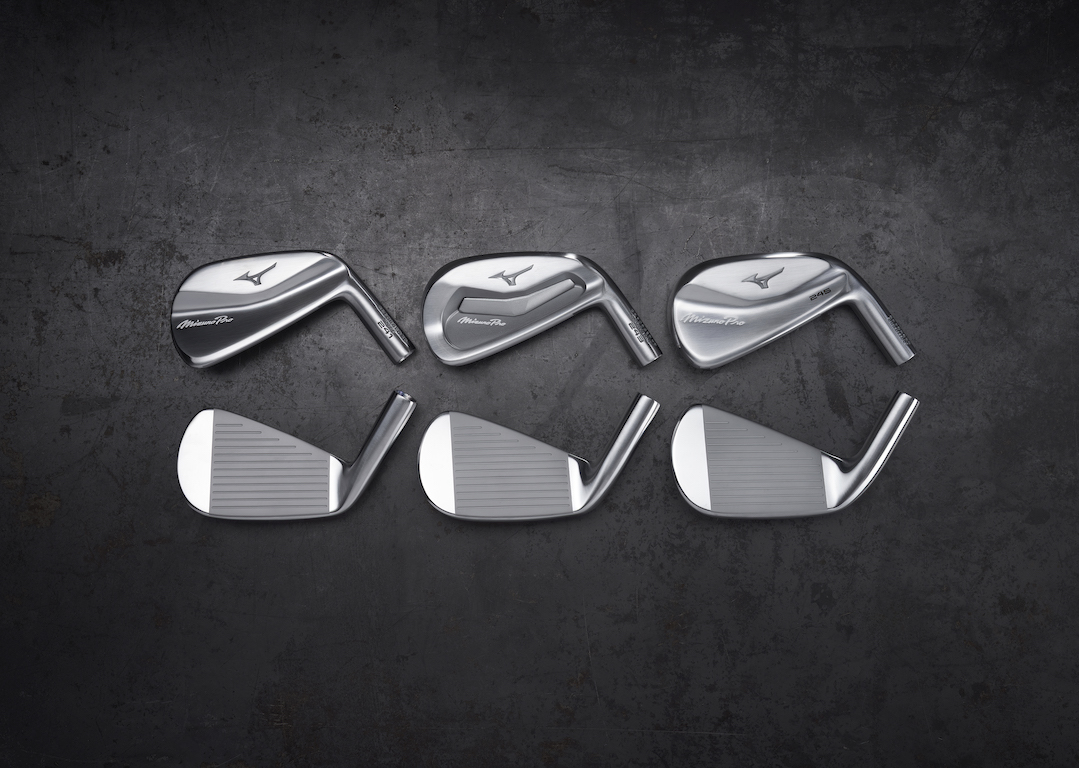
A topic of discussion in the GolfWRX forums for months, Mizuno has announced the successor to the 22 series, its new Mizuno Pro 241, Mizuno Pro 243, Mizuno Pro 245, and Mizuno Pro Fli-Hi irons.
The continuation of the longstanding partnership between Mizuno engineers and the Hiroshima, Japan, Grain Flow Forging plant has produced what Mizuno calls “a revolutionary leap in golf club design.”
David Llewellyn, Director of R&D at Mizuno, spoke to this, “Other manufacturers have widely adopted Mizuno’s work to elevate the performance of elite player’s irons. What now sets Mizuno apart is the ability to apply precise manufacturing techniques learned at our long-standing forging plant in Hiroshima, Japan, to increasingly complex designs.”
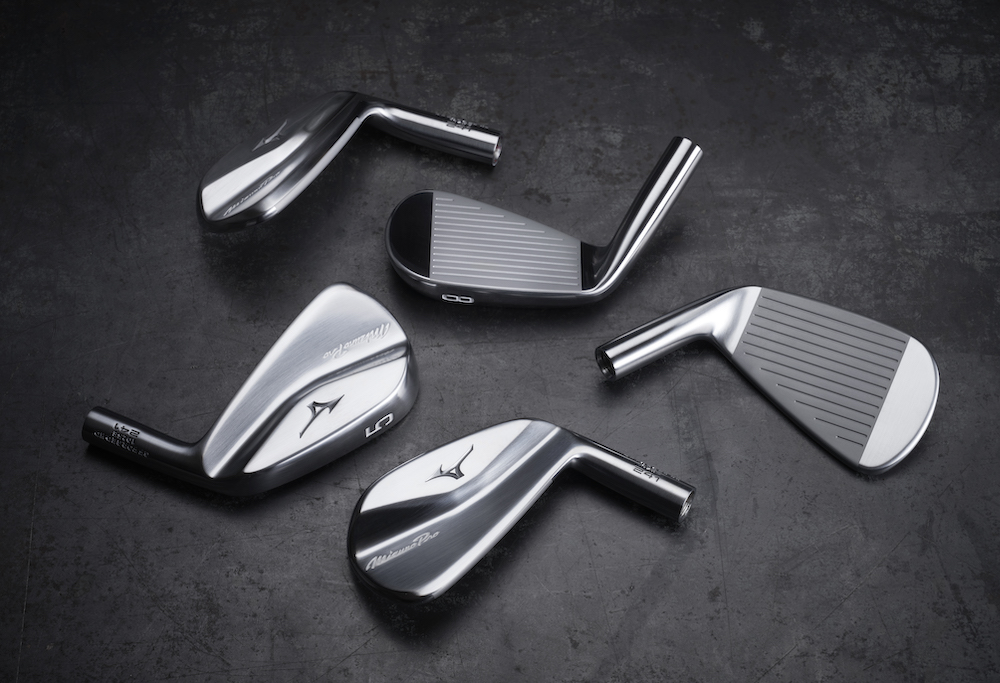
Discussing the line, Chris Voshall, Product Director at Mizuno added, “Each model has become better at its specific job, more distinct, yet able to be blended when required.”
Mizuno Pro 241
Grain Flow Forged HD in Hiroshima, Japan (like all the 24 irons), Mizuno Pro 241 irons feature better turf interaction than their predecessors thanks to increased bounce (while maintaining the same sole camber). Additionally, the 241 irons feature more centered mass than Mizuno Pro 221 for enhanced feedback. Also contributing to enhanced feedback: Mizuno’s signature soft copper underlay (again, present in all 24 irons). The top line has been thinned and short irons are more compact.

Mizuno says (David Llewellyn): “With a muscle-back, the gains are in the details. The key to a visually appealing top-line might be a fraction of a millimeter, which can be lost or created in manufacturing. Working hand in hand with our forging plant for so many years allowed us to be incredibly precise in the engineering and craftsman’s stages of the Mizuno Pro 241.”
Finish: Full Satin Brush
Stock shaft: KBS Tour
Stock grip: Golf Pride MCC Teams Black/Gray
Set configuration: 3-PW, RH and 4-PW/LH
Mizuno Pro 243
4- through 7-irons are Grain Glow Forged HD from a single billet of 4120 Chromoly steel, while 8-GW are forged from 1024 Elite Mild Carbon steel. 4 through 7 irons feature a Flow Microslot for faster ball speeds and increased launch (thanks to more rebound area. The soles of the 243 irons are equipped with a Wrap Around Sole Grind for better turf interaction as well as increased bounce angle. The Soft Copper Underlay is again present as is the Full Satin Brush finish.
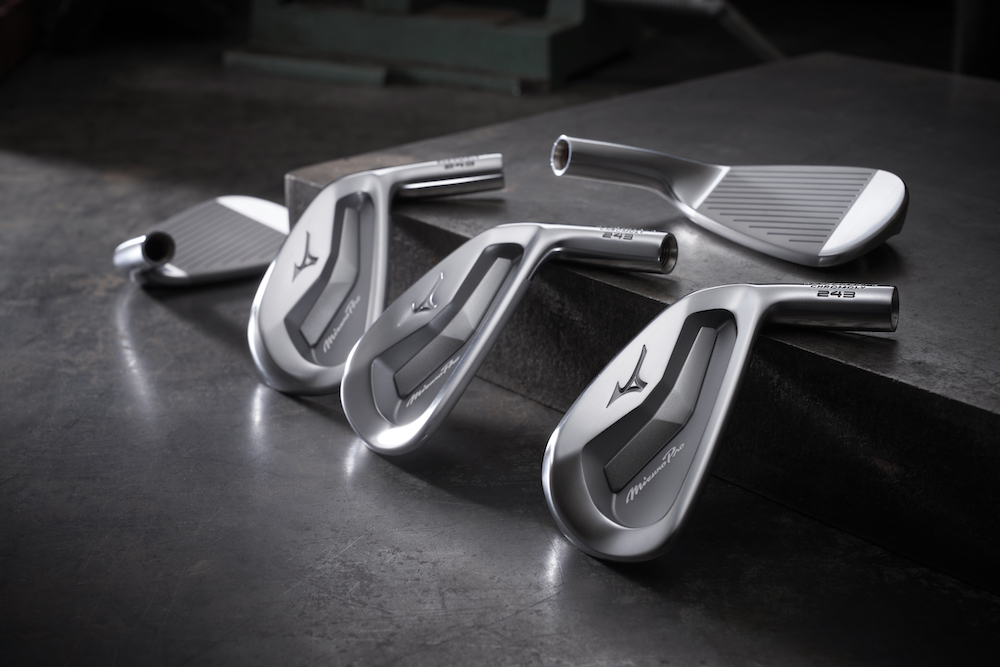
Mizuno says (Chris Voshall): “The Mizuno Pro 243 looks much more compact than its predecessor, even though the performance has stepped up. The long and mid irons are flying far enough that we’ve had to modernize the lofts in the scoring irons. Mizuno Pro isn’t stuck in tradition – we’re led by performance above what might be expected historically.”
Stock shaft: Nippon Modus3 115
Stock grip: Golf Pride MCC Teams Black/Gray
Set configuration: Available 4-GW, RH only
Mizuno Pro 245
Pro 245 2- through 8-irons — which are crafted from Gain Flow Forged 4135 Chromoly — feature Hollow Body COR construction for higher COR, higher MOI, and solid feel.
Mizuno is also keen to highlight the soft muscle-back feel produced by its Harmonic Impact Technology and the substantial amount of tungsten (47 grams) in the long and mid-irons for ease of launch. Engineers achieved lowest possible placement without contacting the sole for lower and deeper CG via Suspended Tungsten placement
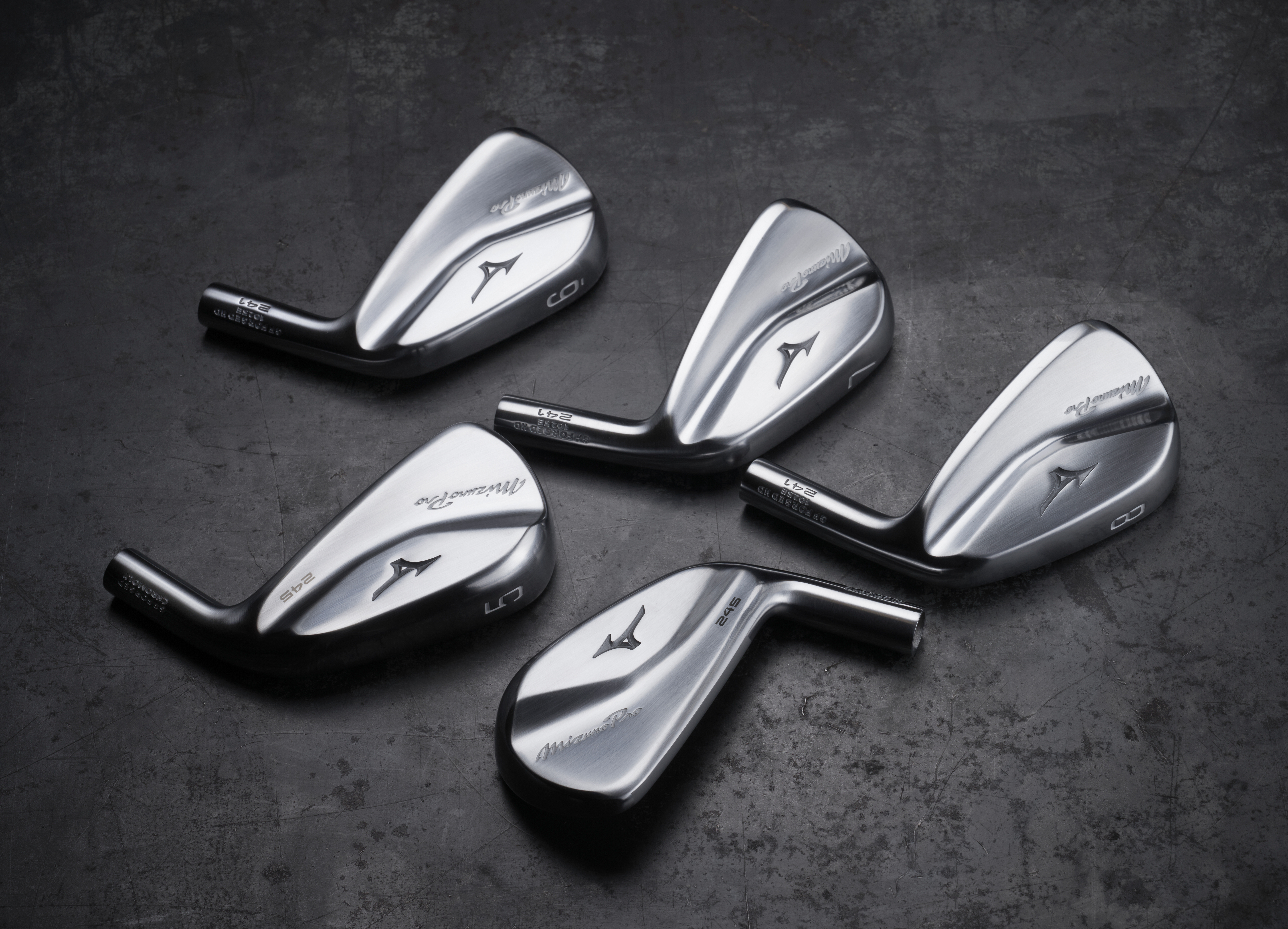
Mizuno says (Chris Voshall): “There are some impressive ball speed gains in the Mizuno Pro 245, considering we’ve slimmed it down – especially in the longer irons. The biggest challenge for people now is telling this iron apart from the one-piece Mizuno Pro 241 muscle-back.”
Finish: Full Satin Brush
Stock shaft: True Temper Dynamic Gold Mid 115, 100
Stock grip: Golf Pride MCC Teams Black/Gray
Set configuration: 2-GW, RH and 4-GW, LH
Mizuno Pro Fli-Hi
Crafting the Fli-Hi from 4335 Hollow Body Construction heat-treated 4335 Nickel Chromoloy allowed Mizuno engineers to incorporate a faster multi-thickness face and off-set face weld
Internal tungsten weighting assists with ease of launch, and once again, attention has been paid to the sole of the club where increased bounce angle aids turf interaction.
Also notable: An offset face weld for greater shot shape adjustability.
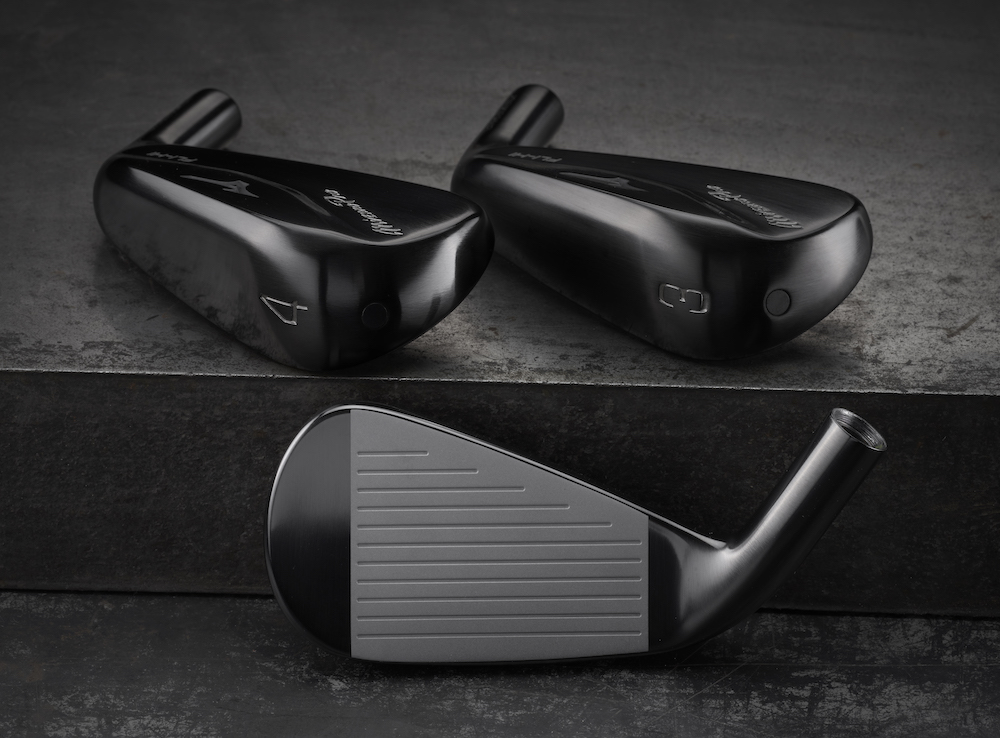
Mizuno says (Chris Voshall): “The Fli-Hi has become a fixture on tour – not just with Mizuno’s contracted players. The new version is a little slimmer but does everything the original did, just better. It flights a little higher and goes further. All obvious improvements – just difficult to make.”
Finish: Black Ion
Stock shaft: Project X U 110 6.0, SteelFiber HLS 880 F4
Stock grip: Golf Pride MCC Teams Black/Grey
Set configuration: Available 2, 3, 4-iron, RH and LH
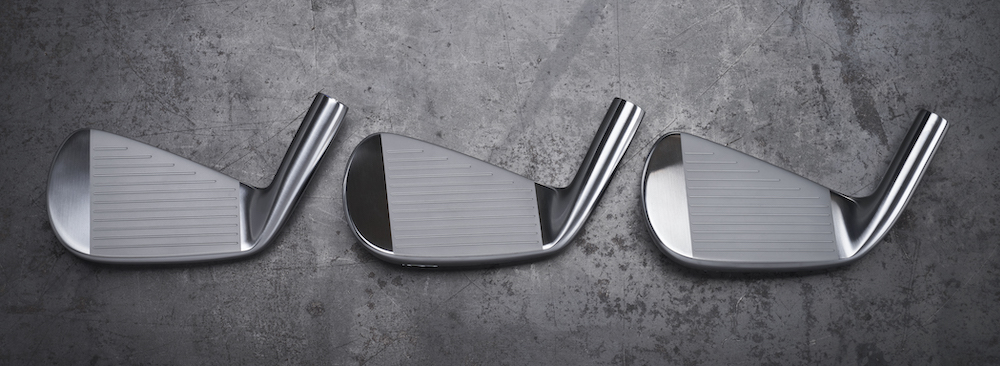
Pricing, availability
Pre-sale begins: January 8
At retail: January 25
- LIKE95
- LEGIT17
- WOW16
- LOL0
- IDHT4
- FLOP0
- OB1
- SHANK3
Whats in the Bag
WITB Time Machine: Danny Willett’s winning WITB, 2016 Masters
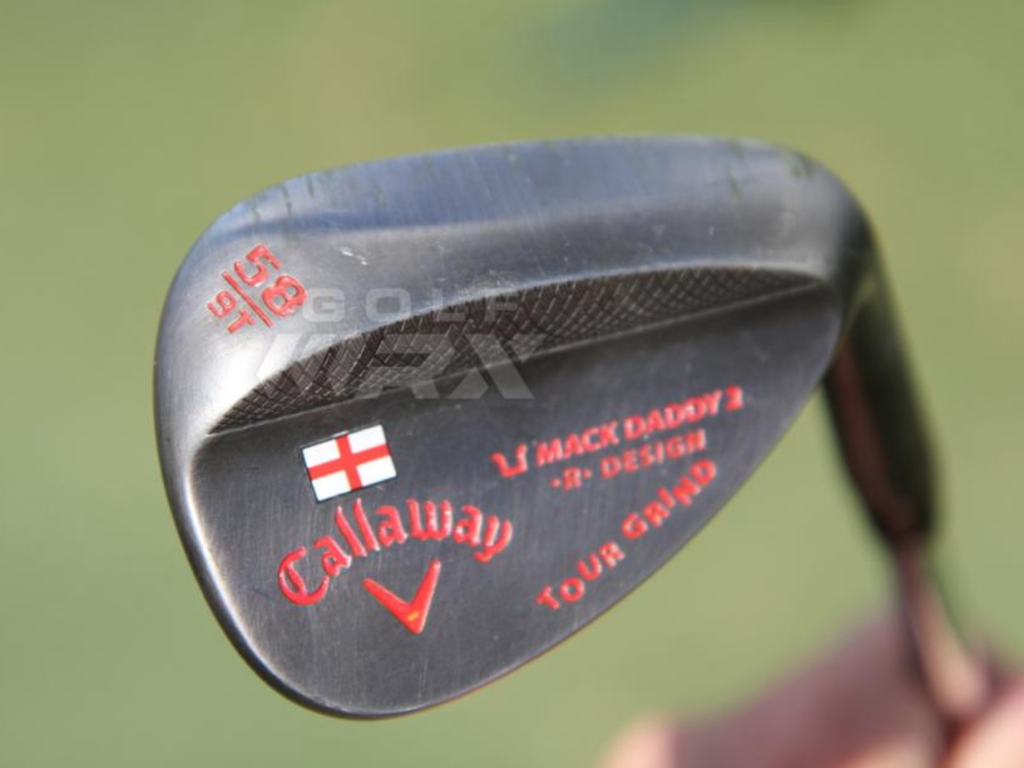
Driver: Callaway XR 16 (9 degrees)
Shaft: Mitsubishi Rayon Diamana W-Series 60 X
Length: 45.5 inches
3-wood: Callaway XR 16 (15 degrees)
Shaft: Mitsubishi Rayon Diamana W-Series 70X
5-wood: Callaway XR 16 (19 degrees)
Shaft: Mitsubishi Rayon Diamana W-Series 80X
Irons: Callaway Apex UT (2, 4), Callaway Apex Pro (5-9)
Shaft: True Temper Dynamic Gold X100 Superlite
Wedges: Callaway Mack Daddy 2 (47-11 S-Grind) Callaway Mack Daddy 2 Tour Grind (54-11, 58-9)
Shaft: True Temper Dynamic Gold X100 Superlite
Putter: Odyssey Versa #1 Wide (WBW)
Lie angle: 71 degrees
Ball: Callaway Speed Regime SR-3
Check out more photos of Willett’s equipment from 2016 here.
- LIKE2
- LEGIT0
- WOW1
- LOL0
- IDHT0
- FLOP0
- OB0
- SHANK0
Equipment
Project X Denali Blue, Black shaft Review – Club Junkie Review
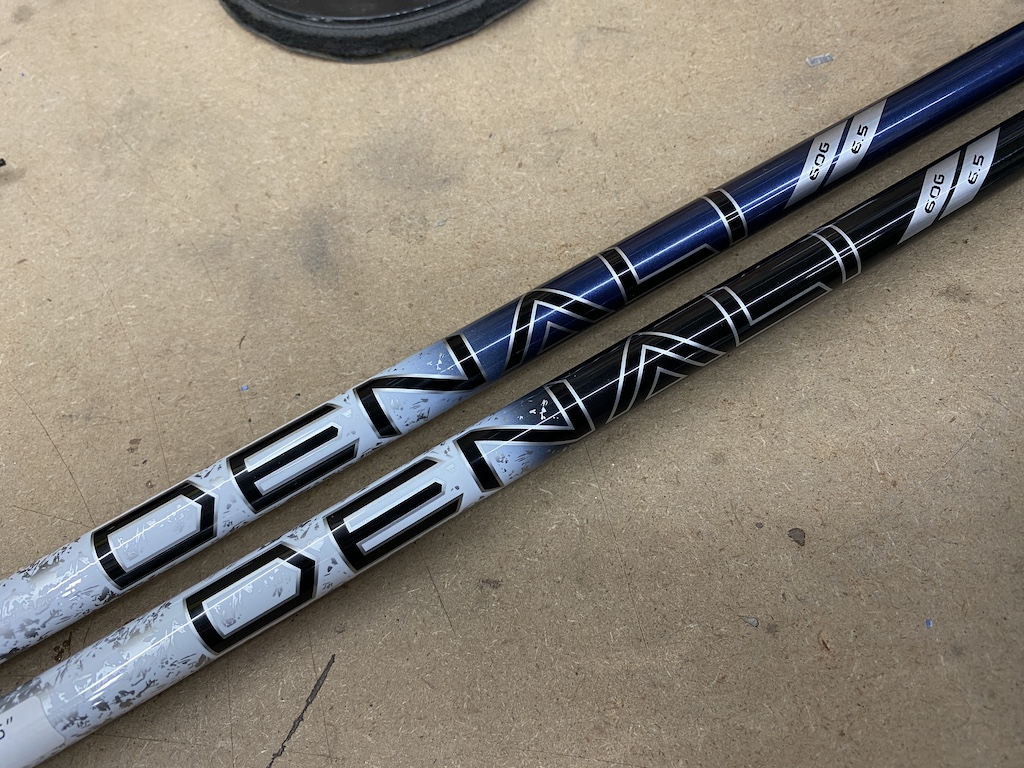
Originally, Project X was known for low-spin steel iron shafts. However, the company might now be known for wood shafts. Denali is the newest line of graphite shafts from Project X. With the Denali line, the company focuses on feel as well as performance.
There are two profiles in the Denali line, Blue and Black, to fit different launch windows. Denali Blue is the mid-launch and mid-spin profile for players who are looking for a little added launch and Denali Black is designed for low-launch and low-spin. Both models are going to offer you a smooth feel and accuracy.
For a full in-depth review check out the Club Junkie podcast on all podcast streaming platforms and on YouTube.
Project X Denali Blue
I typically fit better into mid-launch shafts, as I don’t hit a very high ball so the Denali Blue was the model I was more excited to try. Out of the box, the shaft looks great and from a distance, it is almost hard to tell the dark blue from the Denali Black. With a logo down install of the shaft, you don’t have anything to distract your eyes, just a clean look with the transition from the white and silver handle section to the dark navy mid and tip.
Out on the course, the Blue offers a very smooth feel that gives you a good kick at impact. The shaft loads easily and you can feel the slightly softer handle section compared to the HZRDUS lineup. This gives the shaft a really good feel of it loading on the transition to the downswing, and as your hands get to impact, the Denali Blue keeps going for a nice, strong kick.
Denali Blue is easy to square up at impact and even turn over to hit it straight or just little draws and most of the flex of the shaft feels like it happens right around where the paint changes from silver to blue. The Blue launches easily and produces what I consider a true mid-flight with the driver. While it is listed as mid-spin, I never noticed any type of rise in my drives. Drives that I didn’t hit perfectly were met with good stability and a ball that stayed online well.
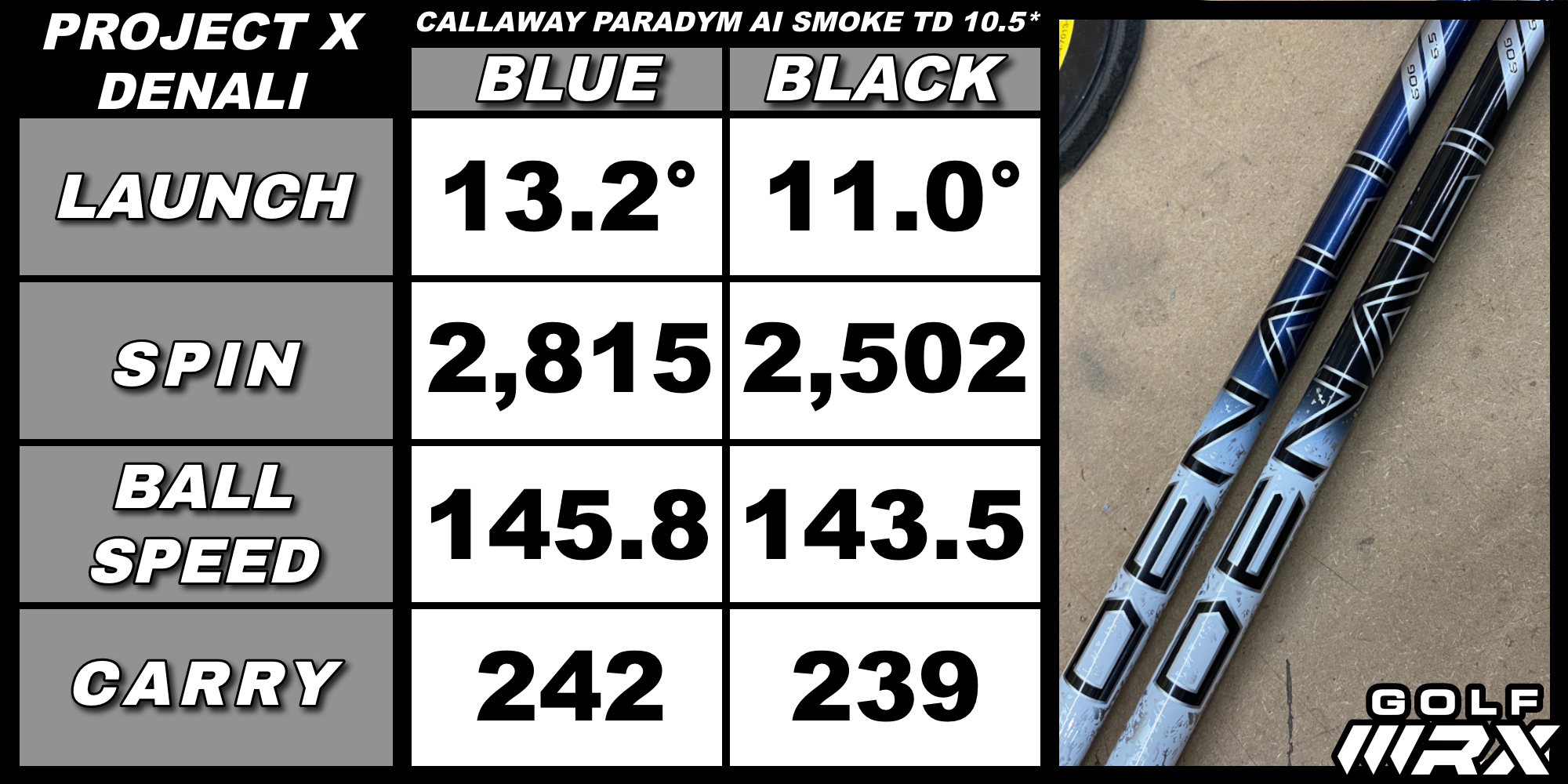
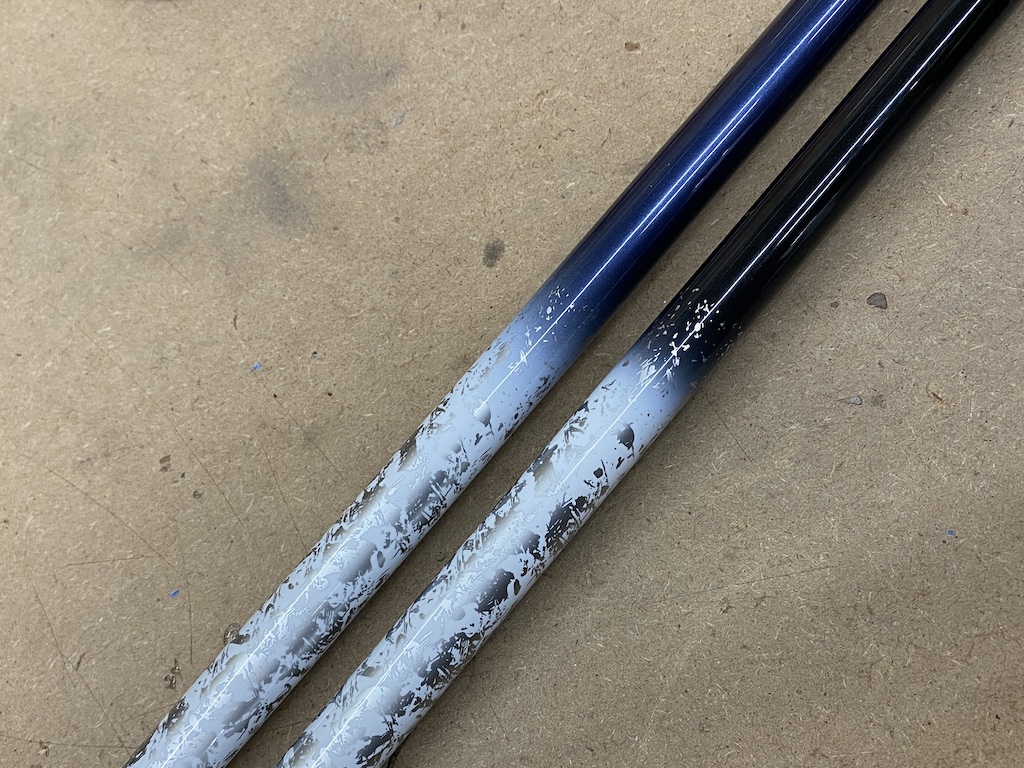
Project X Denali Black
When you hold the Denali Black in your hands you can tell it is a more stout shaft compared to its Blue sibling by just trying to bend it. While the handle feels close to the Blue in terms of stiffness, you can tell the tip is much stiffer when you swing it.
Denali Black definitely takes a little more power to load it but the shaft is still smooth and doesn’t give you any harsh vibrations. Where the Blue kicks hard at impact, the Black holds on a little and feels like keeps you in control even on swings that you try and put a little extra effort into. The stiff tip section also makes it a little harder to square up at impact and for some players could take away a little of the draw from their shot.
Launch is lower and more penetrating compared to the Blue and produces a boring, flat trajectory. Shots into the wind don’t rise or spin up, proving that the spin stays down. Like its mid-launch sibling, the Black is very stable and mishits and keeps the ball on a straighter line. Shots low off the face don’t get very high up in the air, but the low spin properties get the ball out there farther than you would expect. For being such a stout shaft, the feel is very good, and the Denali Black does keep harsh vibrations from your hands.
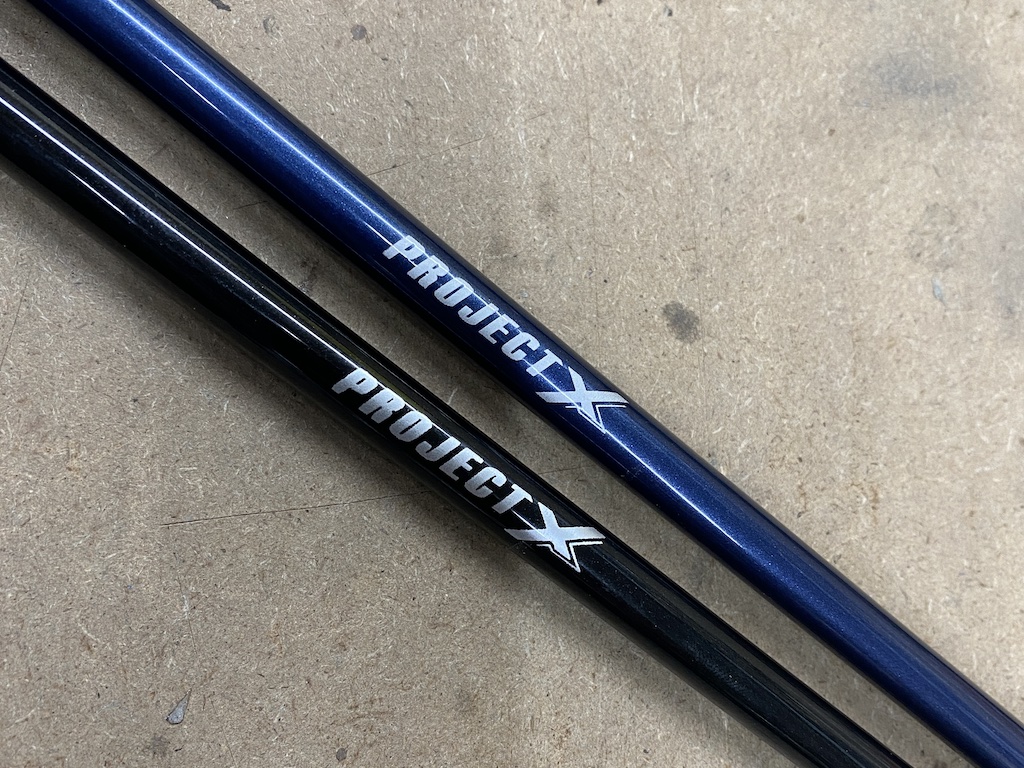
Overall the Project X Denali Blue and Black are great additions to the line of popular wood shafts. If you are looking for good feel and solid performance the Denali line is worth trying out with your swing. Choose Blue for mid-launch and mid-spin or Black for lower launch and low spin.
- LIKE2
- LEGIT1
- WOW1
- LOL0
- IDHT0
- FLOP0
- OB0
- SHANK0
Equipment
What we know about Bryson DeChambeau’s 3D-printed Avoda irons
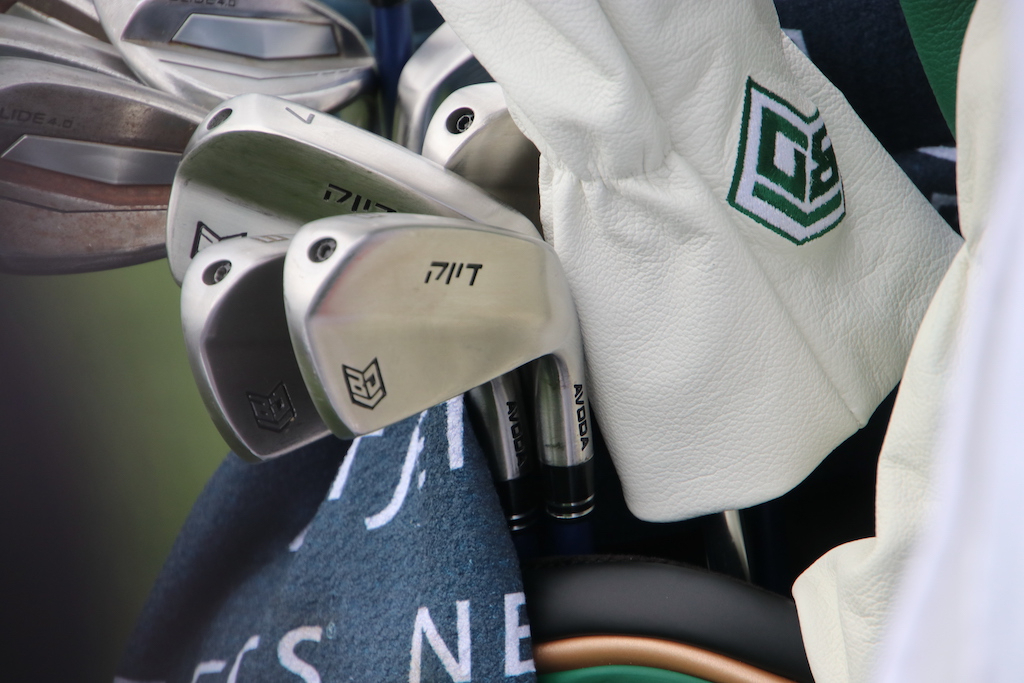
Bryson DeChambeau fired an opening-round 7-under 65 at Augusta National, hitting an impressive 15 of 18 greens in regulation in the process. Golf’s mad scientist’s play grabbed headlines and so too did his equipment. In place of the Ping i230 irons he had in the bag last week for LIV Golf’s Miami event, DeChambeau is gaming a prototype 5-PW set of irons from little-known direct-to-consumer manufacturer Avoda.
What is Avoda Golf?
Founded by Tom Bailey, also a Mike Schy student like Bryson DeChambeau, Avoda Golf is a direct-to-consumer golf equipment company that currently manufactures both single and variable-length irons in one model that are available for pre-order.
What irons is Bryson DeChambeau playing?
Per multiple reports, DeChambeau is playing a custom-designed set of single-length irons that incorporate bulge and roll into the face design. The two-piece 3D-printed irons were reportedly only approved for play by the USGA this week, according to Golfweek’s Adam Schupak.
Regarding the irons, DeChambeau told Golf Channel the irons’ performance on mishits was the determining factor in putting them in play this week. “When I mishit on the toe or the heel,” DeChambeau said. “It seems to fly a lot straighter for me and that’s what has allowed me to be more comfortable over the ball.”
What can we tell about the design of the clubs?
These days, it is a little hard to speculate on what is under the hood with so many hollow body irons. DeChambeau’s irons look to be hollow on the lower section as they do flare back a decent amount. That “muscle” on the back also looks to be fairly low on the iron head, but we can assume that is progressive through the set, moving up higher in the short irons.
A screw out on the toe is probably used to seal up the hollow cavity and used as a weight to dial in the swing weight of the club. From pictures, it is hard to tell but the sole looks to have a little curve from heel to toe while also having some sharper angles on them. A more boxy and sharper toe section looks to be the design that suits Bryson’s eye based on the irons he has gravitated toward recently.
What are bulge and roll, again?
Two types of curvature in a club face, traditionally incorporated only in wood design. Bulge is heel-toe curvature. Roll is crown-sole curvature. Both design elements are designed to mitigate gear effect on off-center strikes and produce shots that finish closer to the intended target line. (GolfTec has an excellent overview of bulge and roll with some handy GIFs for the visual learner)
What else is in DeChambeau’s bag?
Accompanying his traditional Sik putter, Bryson builds his set with a Ping Glide 4.0 wedges, a Krank Formula Fire driver and 5-wood, and a TaylorMade BRNR Mini Driver, all with LA Golf graphite shafts.
- LIKE75
- LEGIT24
- WOW17
- LOL7
- IDHT4
- FLOP2
- OB5
- SHANK14
-

 19th Hole3 days ago
19th Hole3 days agoDave Portnoy places monstrous outright bet for the 2024 Masters
-

 19th Hole3 weeks ago
19th Hole3 weeks agoJohn Daly stuns fans into silence with brutal opening tee shot on PGA Tour Champions
-

 19th Hole2 weeks ago
19th Hole2 weeks agoThings got heated at the Houston Open between Tony Finau and Alejandro Tosti. Here’s why
-

 19th Hole4 days ago
19th Hole4 days agoTiger Woods arrives at 2024 Masters equipped with a putter that may surprise you
-

 19th Hole1 week ago
19th Hole1 week agoReport: Tiger Woods has ‘eliminated sex’ in preparation for the 2024 Masters
-

 19th Hole3 weeks ago
19th Hole3 weeks agoCharlie Woods finds it tough going on American Junior Golf Association debut
-

 19th Hole2 weeks ago
19th Hole2 weeks agoAddiction, spinal fusion, and scam artists – Everything Anthony Kim revealed in candid interview with David Feherty
-

 19th Hole1 week ago
19th Hole1 week agoAnthony Kim says doctors told him that he ‘may not have much time left’ ahead of LIV return

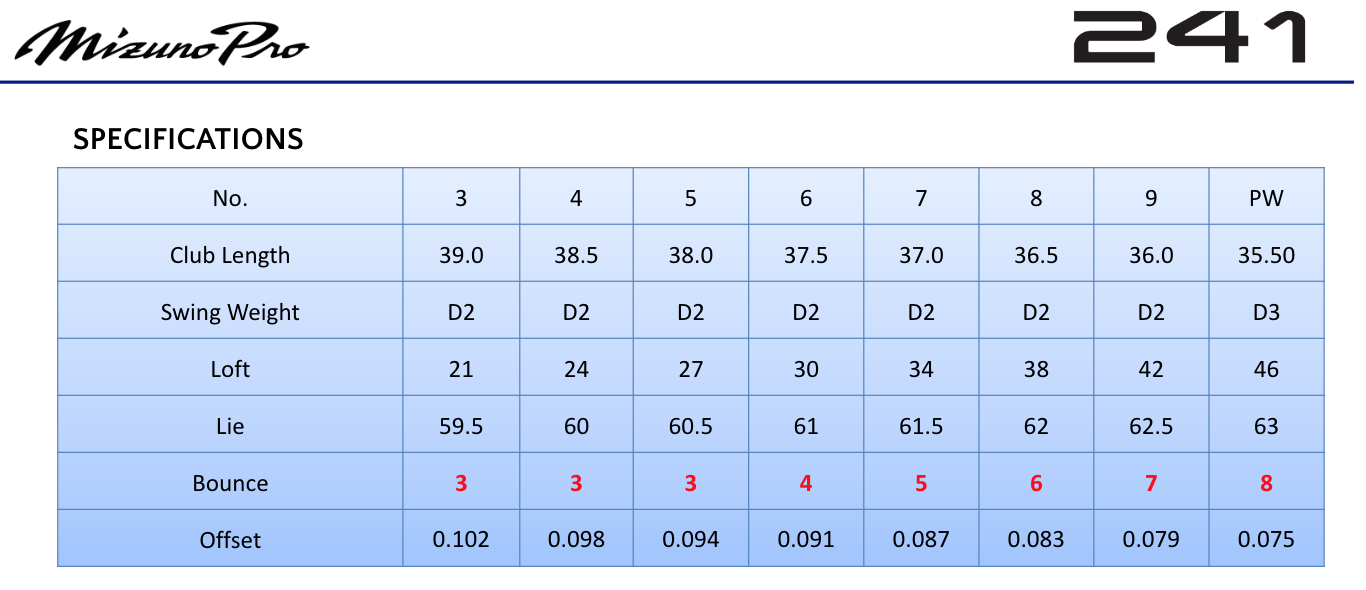
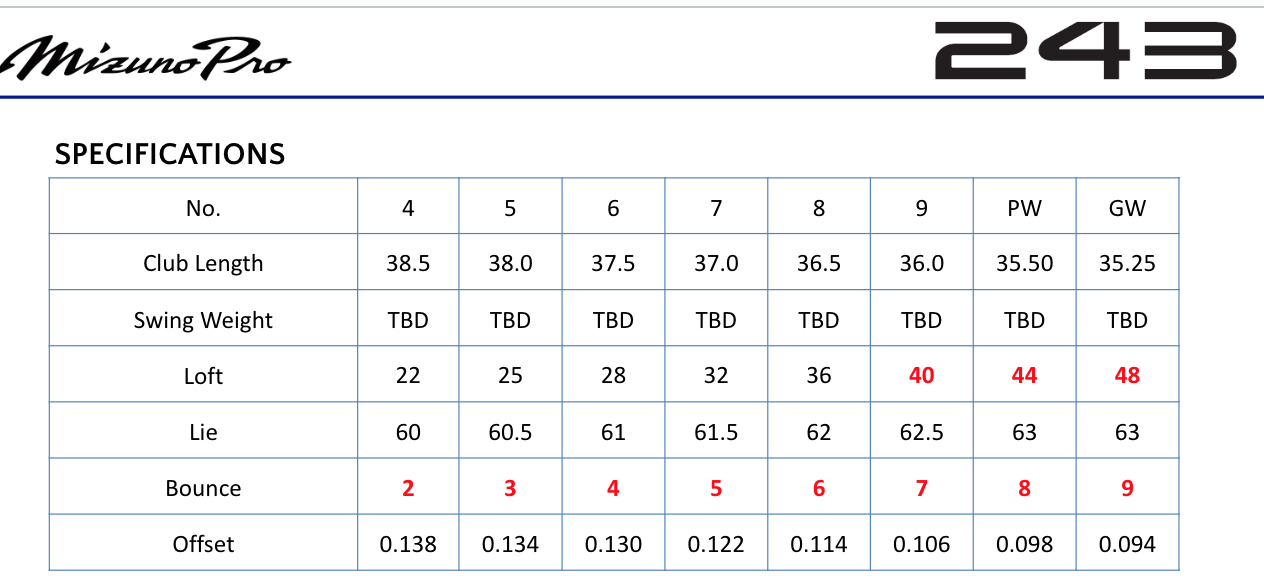
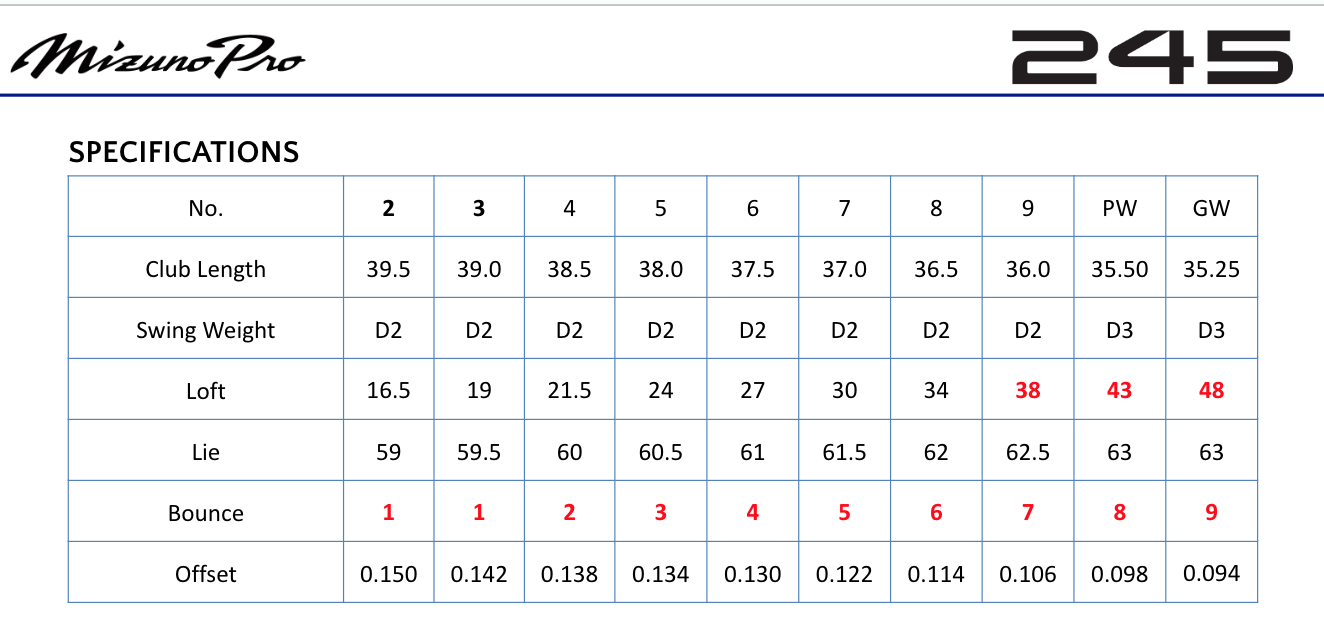


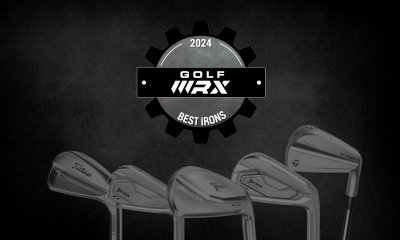

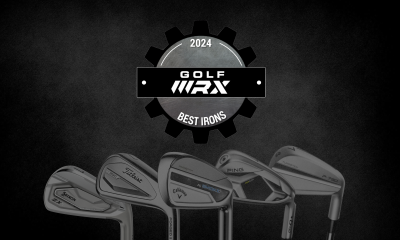

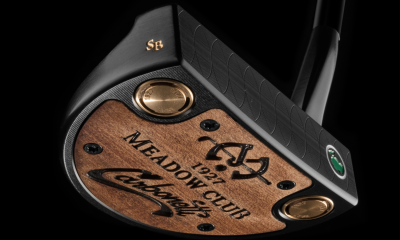

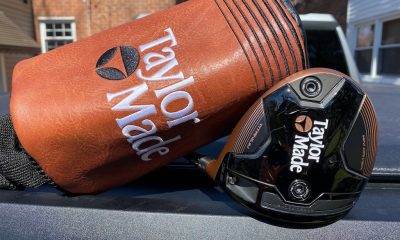

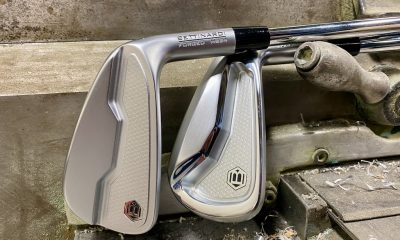

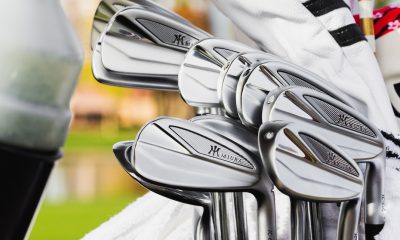

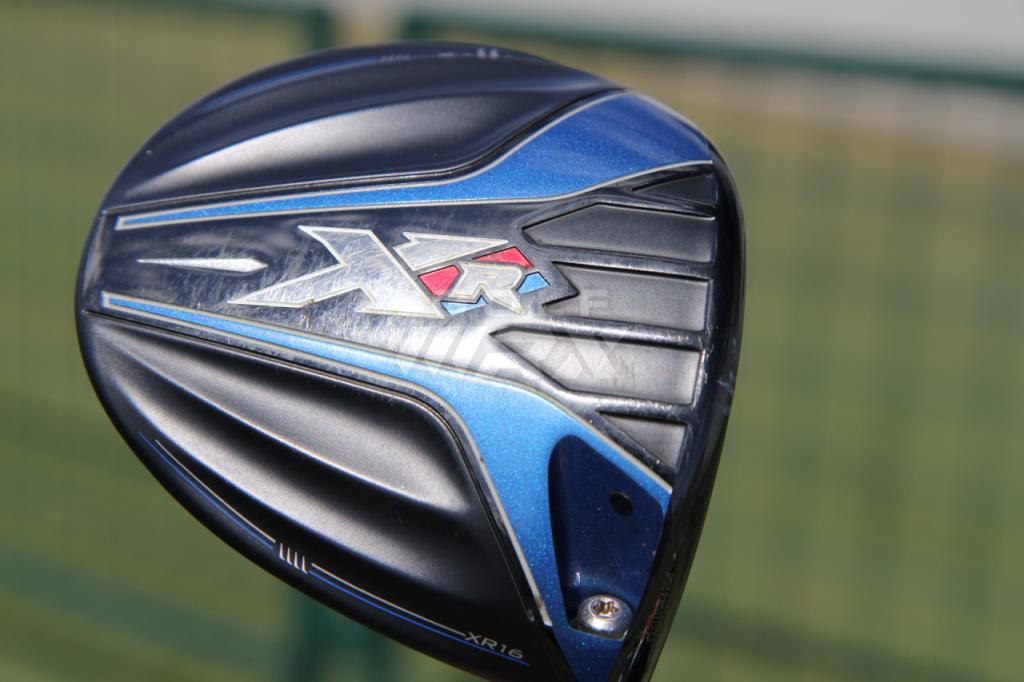
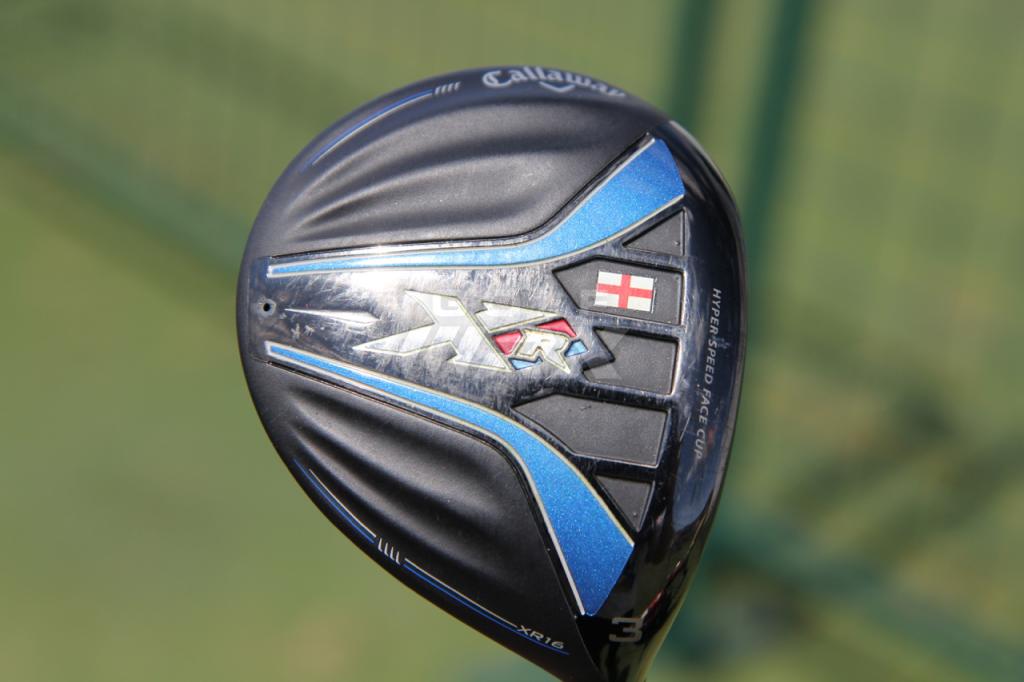

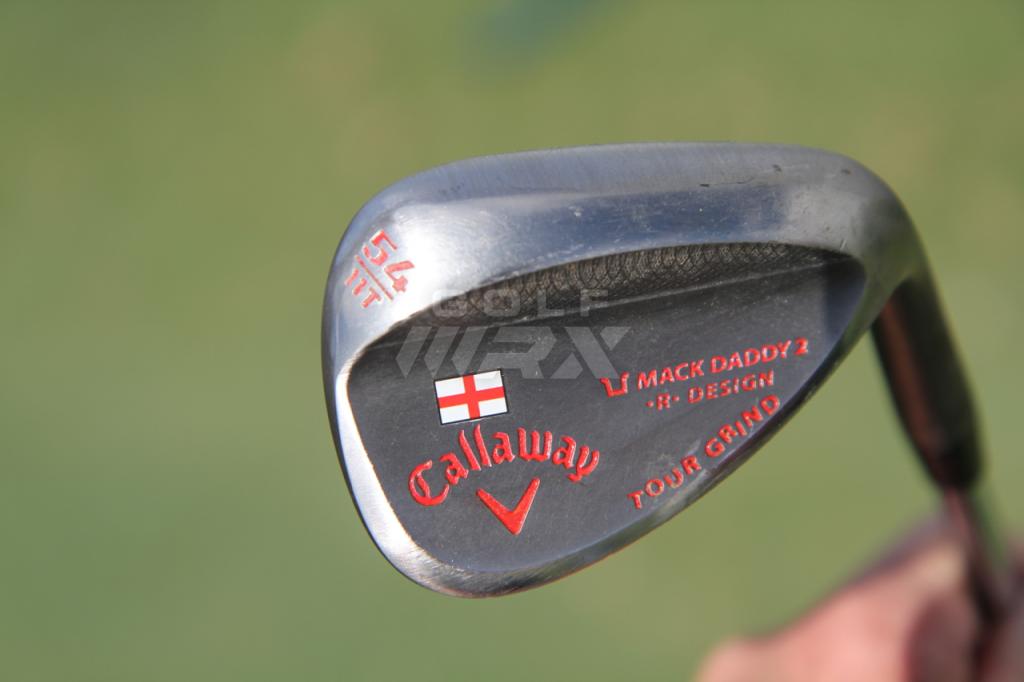
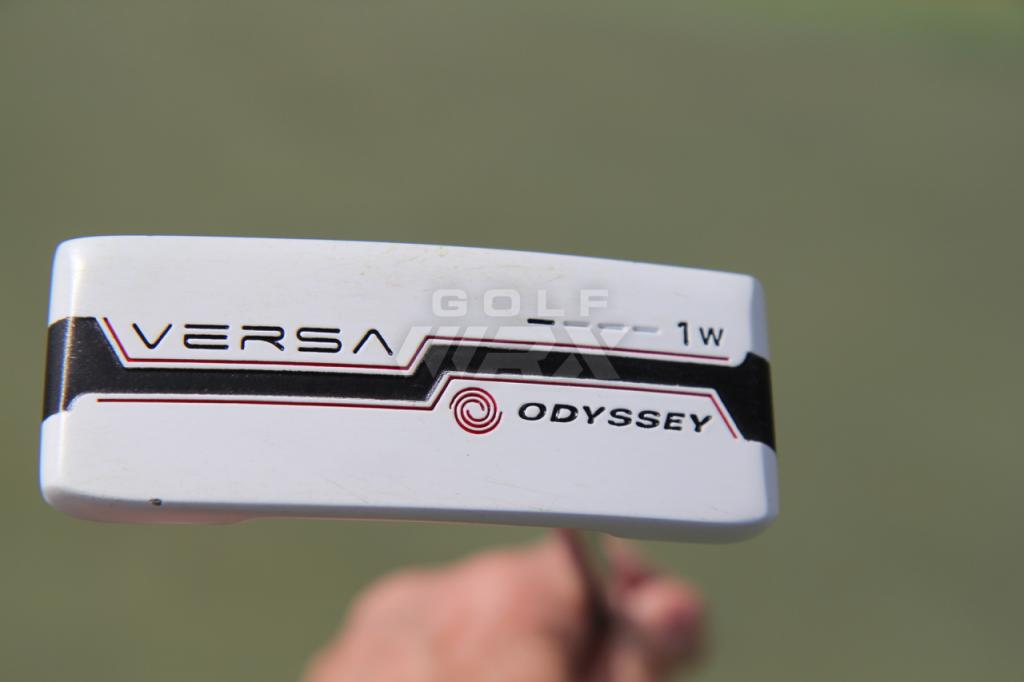














Pingback: Project X Denali Blue, Black shaft Review – Club Junkie Review – GolfWRX
Pingback: Mizuno Pro 241, 243, 245 irons review – Club Junkie Review - Fly Pin High
Pingback: Mizuno Pro 241, 243, 245 irons review – Club Junkie Review – GolfWRX
Lefthack
Jan 3, 2024 at 9:38 am
4-PW in lefty, nice. I was disappointed they didn’t do the 221, but these look great.
Rich
Nov 7, 2023 at 3:50 pm
Looks like MP5 and MP25 2.0.